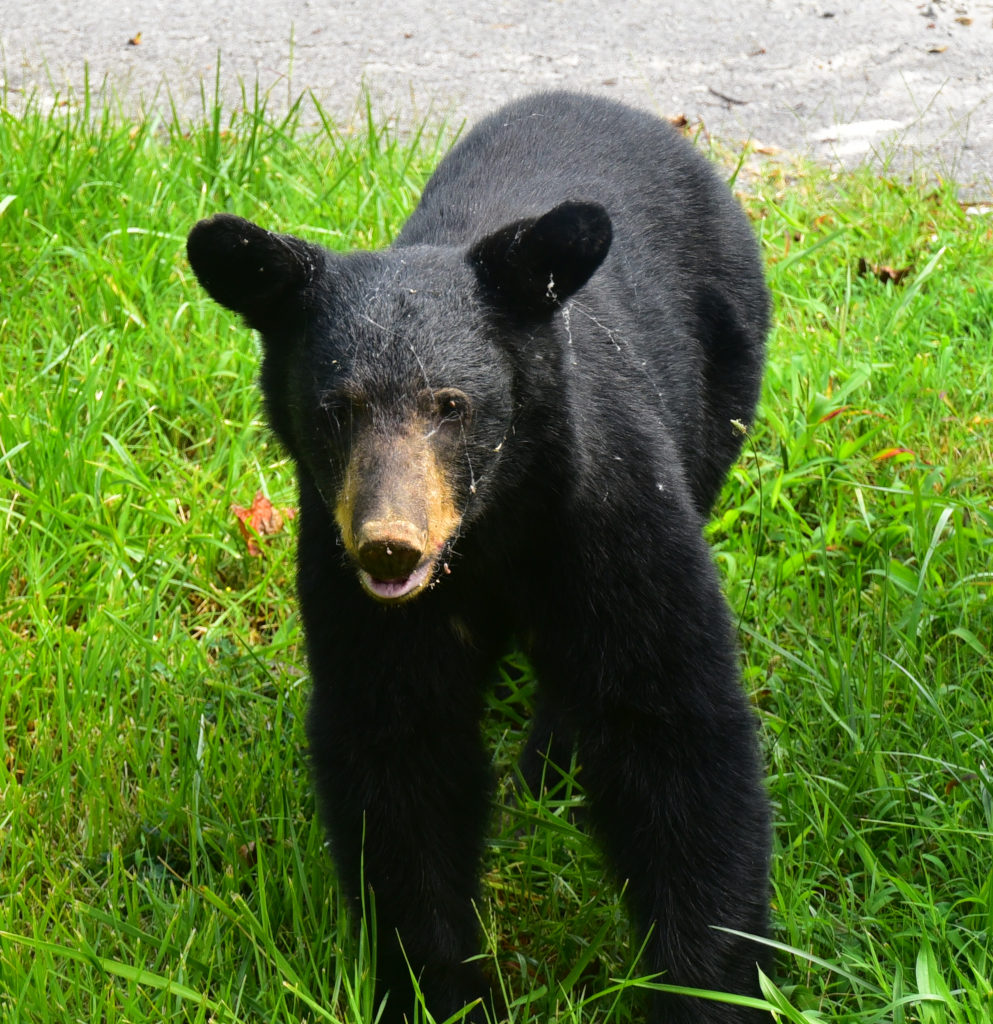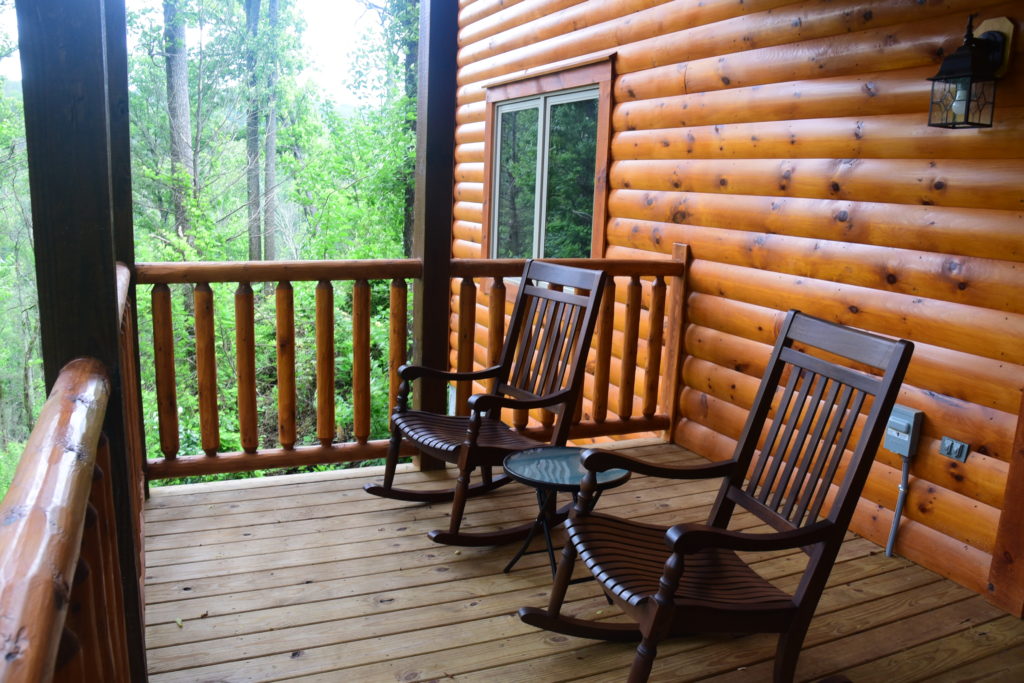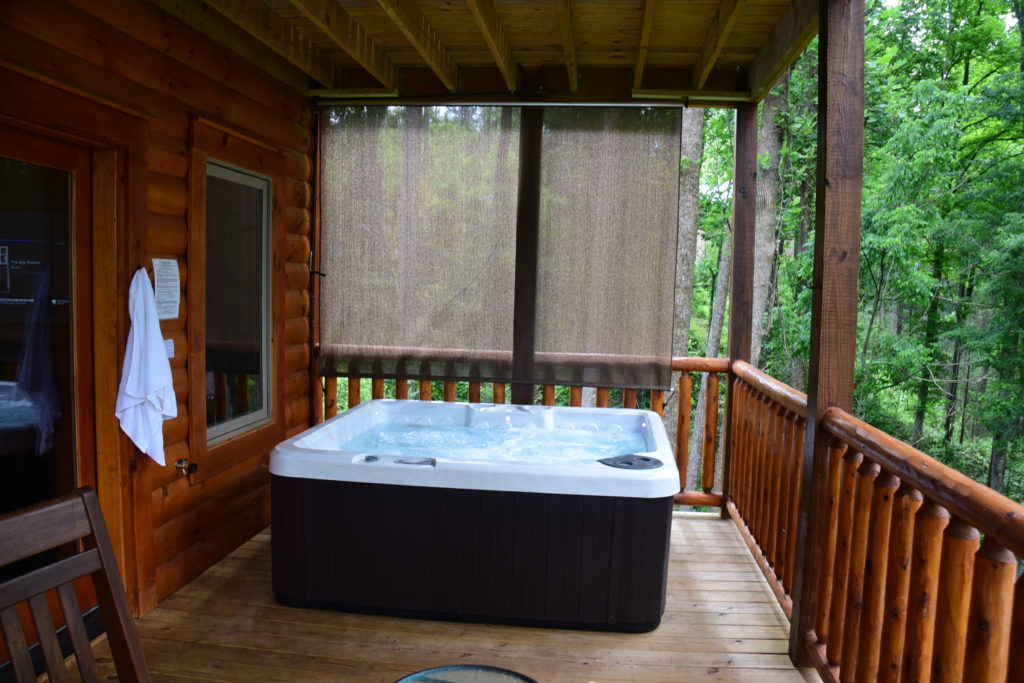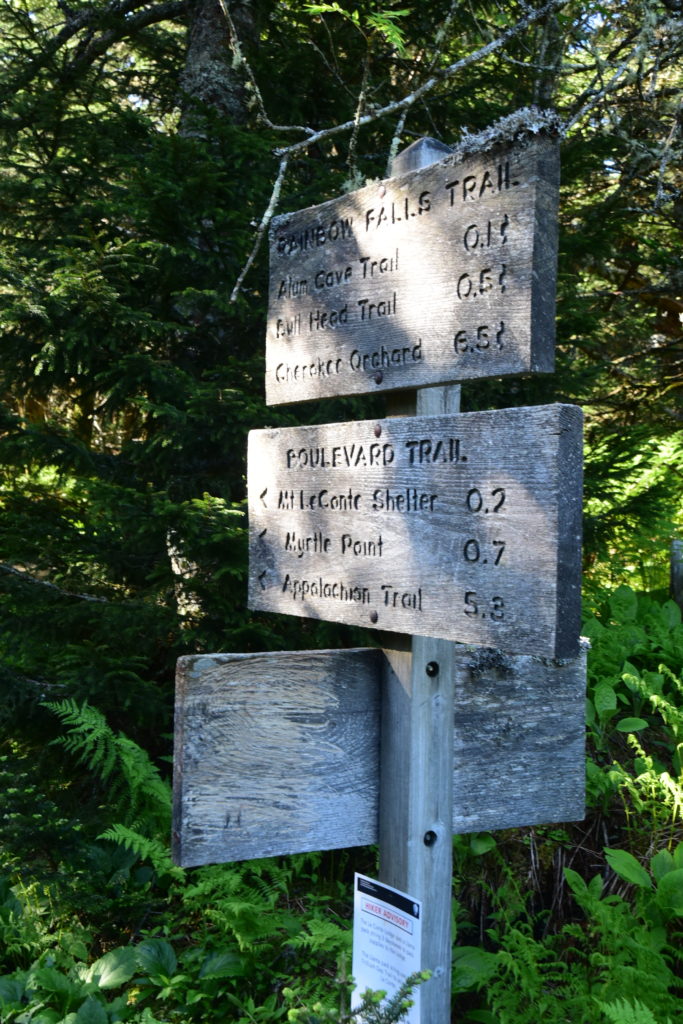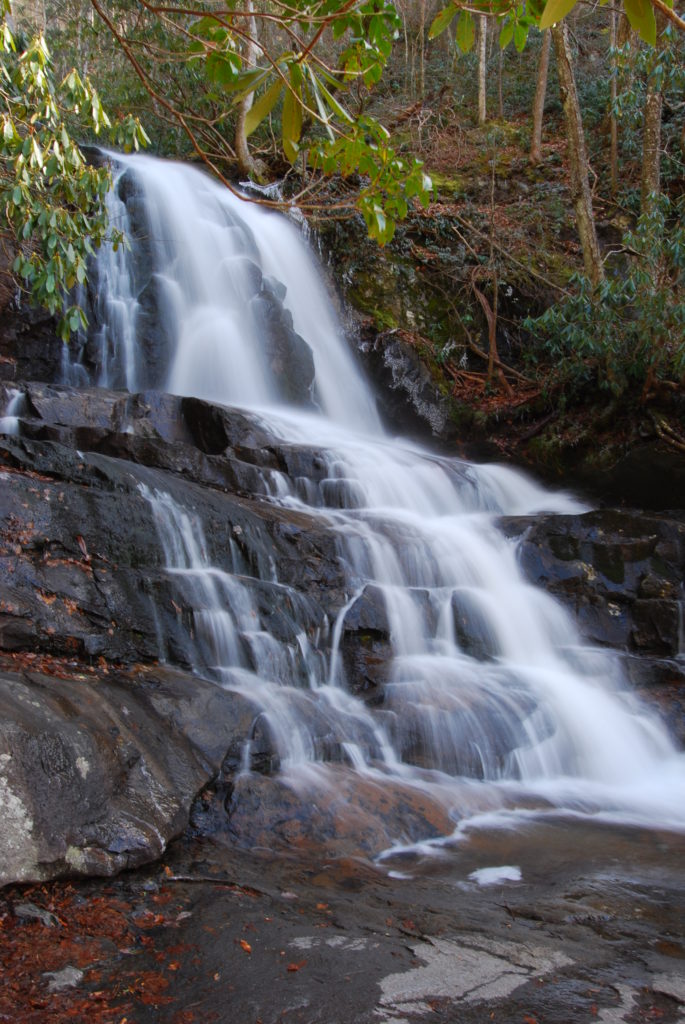Weaving a Tangled Web
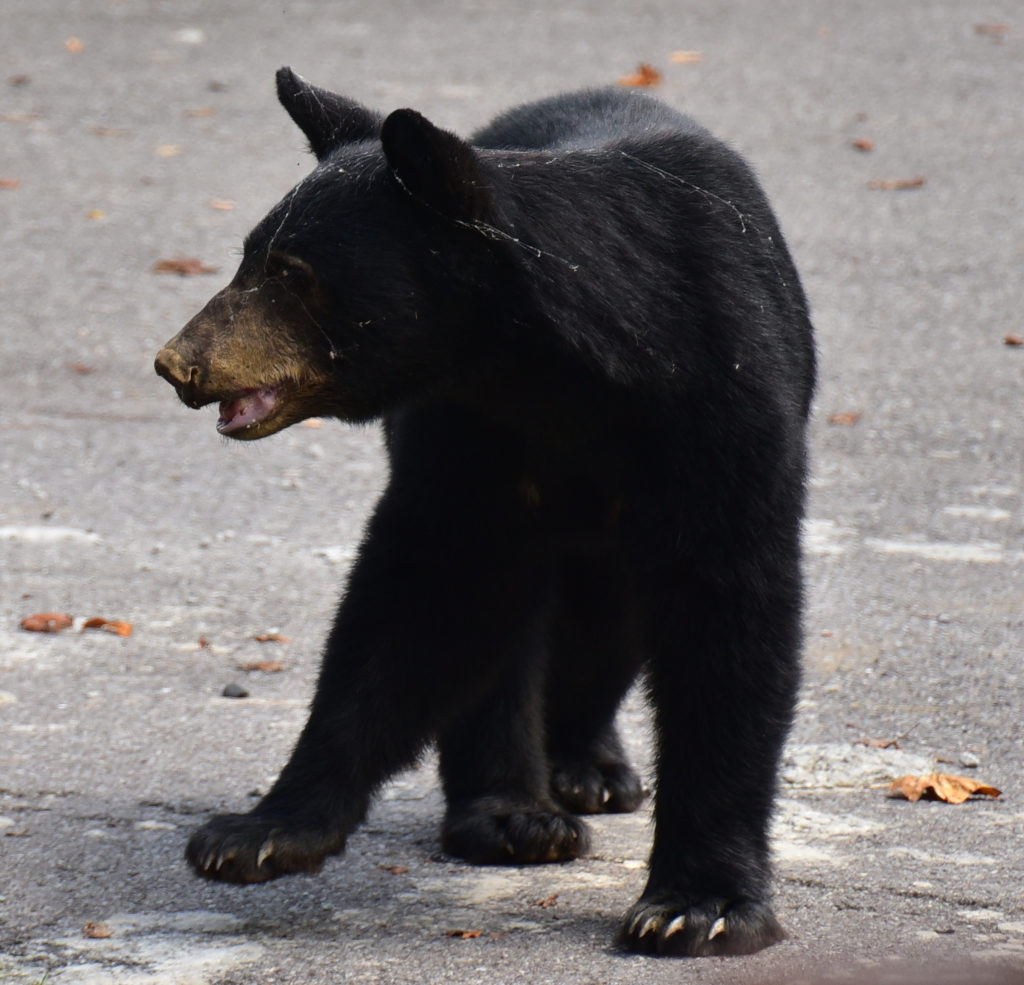
If you’ve ever hiked in the morning, you’re well aware of the fact that spiders are busy all night, spinning webs to catch their next meals. Spiders have a uncanny knack for stretching their webs across trails, as if they are expecting that the next creature to hike through will be an unfortunate insect, destined to be their breakfast. Usually, however, the next creature to pass is you. This is not a good thing for the spider. Not only are you unappealing to the spider’s appetite, but you destroy the arachnid’s food trapping apparatus, tearing it apart and leaving the poor spider with no means of acquiring sustenance. Plus, you end up with the sticky filaments all over whatever body part happened to encounter the web. Somehow this always seems to be your face and hair. You then spend the next few minutes trying to get as much of the stuff off of yourself as you can, resume your hike, and find yourself walking into another web a few feet down the trail.
This problem is not unique to humans. The young bear in these photos recently visited Happy Bear’s Hideaway, apparently attracted to the scent of the burgers I was cooking on our charcoal grill. This young fellow (Ok, maybe he’s a she, I really couldn’t tell) came up the hill alongside the cabin, and apparently ran into – and through – some unlucky spider’s food trap. Unlike most human hikers, who can’t get this stuff off themselves fast enough, he seemed oblivious to its presence.
Incidentally, I do like to name the animals that live in my neighborhood. So what did I decide to call this web-covered critter? Webster, obviously!
